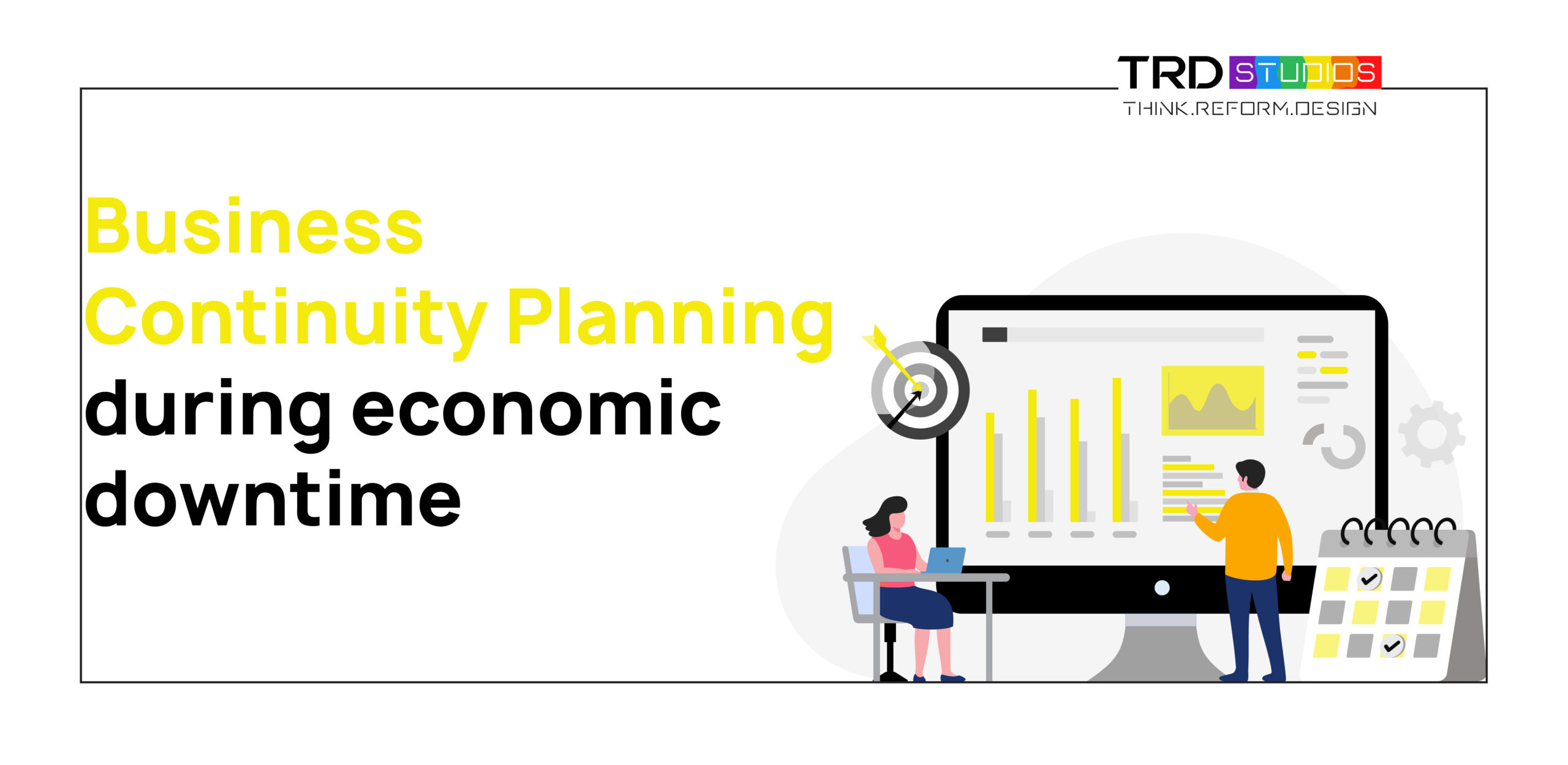With the advent of the experience economy, every brand out there is trying to make their mark on their consumers’ minds by designing and providing impactful experiences. However, though the majority of brands are trying to achieve customer loyalty and brand recall through experience design, some disturbing trends came to light in a study by SAP.
- 80% of CEOs believe they are creating a compelling customer experience
- Only 8% percent of their customers agree
- 4 out of 5 consumers have switched brands because of a poor experience
This gap between the perception of the brand and the experiences of the consumer is termed as “Experience Gap”.
Competitive Advantage in the Experience Economy
According to a study by Gartner in 2018, by 2020, 81% of businesses will be competing largely or solely based on customer experiences. According to marketers, the areas that will be concentrated largely on to design and drive impactful customer experiences are:
- Buyer personas
- Social listening
- Customer segmentation
- User experience
- Voice of the customer
While the focus on creating effective customer experience throughout the entire lifecycle will lead to a lot more collaboration within businesses, knowing and understanding the needs, wants, and desires of your customers will continue to emerge as the marketing superpower. Brands must find new ways to delight customers and create lasting experiences. Marketing research, the usage of the technologies such as AI and ML, and the availability of latest tools to map customer preferences and behavior will give brands the competitive edge.
Neuromarketing in CX
While the experience economy keeps evolving alongside the development and integration of digital automation tools, our appreciation for emotions and its impact on marketing also keeps evolving. Designing personalized experiences in this experience economy would be imperative for a business to sustain and grow.
Following are few areas that will see great improvement with the integration of neuromarketing insights to drive deeper and better customer experiences:
- Trust, values, relationship: Earning and keeping your customer’s trust is a must when 82% of U.S. consumers (and 75% of global consumers) say they will stay with a brand they trust, and even pay more (63% U.S., 59% globally). Customer loyalty is the goal for every brand. An increasingly important requirement for earning and keeping consumer trust is to understand their values. This is where Neuromarketing can help effectively communicate brand value and generate trust.
- Product innovation and improvement: “Great Marketing kills bad products faster”- David Ogilvy. Whether you use neuromarketing strategies or not, you always have to offer a good product. Neuromarketing will allow you to leverage what you learn to innovate and grow with your customers, to pivot earlier in the design and development process to reduce costs, increase sales, and have happier customers.
- Emotional connections through Branding: “Brand is just a perception, and perception will match reality over time”- Elon Musk. Since brand is an idea constructed in consumers’ brains, creating and reinforcing positive emotional associations is how the mere idea can evoke positive emotional reactions. These emotional associations can be created by colors, fonts, finish etc. This is where neuromarketing can add a lot of value.
- Marketing and advertising: Neuromarketing data and insights can guide creation of more effective communication and marketing programs. Developing more nuanced marketing strategies based on consumer response to marketing materials using a vast array of variables from customer segments to times of day to delivery channels to basic emotional engagement with the aesthetic and content of your marketing messaging can be achieved through Neuromarketing.
- UX/UI, Shopping/Retail: Better end to end customer experiences make it easier and more intuitive for consumers to engage with a brand across all channels. It also provides for an easier and more convenient and enjoyable buying experience. Simple to extremely complex neuromarketing data, in this case, can help make major improvements in KPIs and boost ROI.
Leveraging neuromarketing in experience design can help brands connect emotionally with customers throughout the entire journey, at every touchpoint and on every channel, and will transform the future of customer experience. Hence, it can be said that understanding consumers deeply and holistically holds the potential for closing the experience gap.




